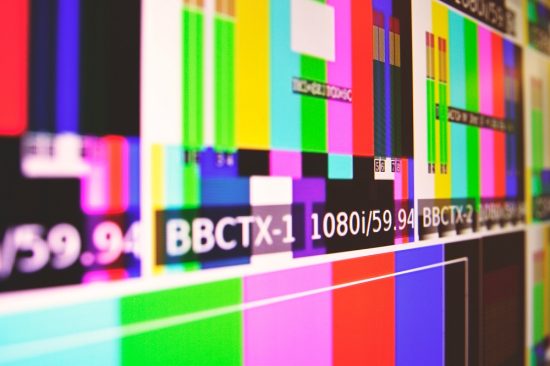A Review Of Colour Theory & How It Impacts Movie Experience
When reviewing monitors and televisions to find the best, you may encounter colour gamut information but know nothing about what it means. The colour gamut is the range of colour that the TV can portray, so it’s important when seeking a high level of colour fidelity in your home theatre. Below we’ve explained colour theory and how it influences our watching experience.
Why Colour Theory Is Important
Besides its obvious contribution to realism and immersion, colour is also very important for communicating other details to whoever is watching. It has long been used as a marketing tactic due to how eye-catching colour can be. Bright and vivid colours are aesthetically pleasing in the right contexts, as opposed to neutrals like brown and grey. This is used in every industry, from food to business, and especially online businesses where digital products need to get people’s attention. For example, this can be seen at any iGaming site where the homepage is filled with hundreds of games, each with different colours and aesthetic styles. When visitors to iGaming sites play slingo at Paddy Power, they’re met with a variety of colours from lightning blue to magma orange or sea green to pastel pink. Both slots and bingo games have used appealing colours for decades, before the internet even came into being, and so it makes sense that online slingo games continue that trend.
Besides marketing, colour can also serve a practical purpose in visual media. It can distinguish objects from one another or highlight an object through contrast with an otherwise muted scene. We also attach a lot of emotional and tone-related feelings to colour. For example, colours like red, yellow, and orange are warmer while blue-based colours are colder. This can be reflected in the colour palettes of certain movies, where some genres tend to lean on certain themes and tones. For example, horror movies often make use of darker, colder colours. Here are some striking movie colour palettes at MovieWeb.
The Colour Gamut Explained
As part of a monitor, TV, or any other kind of visual display, the colour gamut determines how much colour an imaging system can represent on-screen. Imagine two displays running next to one another – the one with the wider colour gamut will visibly show more of the spectrum. The result is a better experience for the user if they’re looking for dazzling colour. While not every show or movie uses the full range of colour (most visual media doesn’t) a monitor that can handle all kinds of colour is considered better than one that cannot. IMDB has gathered the most colourful movies on its website.
Colour gamut is separated into standards – sRGB, Adobe RGB, DCI-P3, and a few other alternatives. The sRGB standard is the most common, mainly due to how speedy its response time is. Response time is measured by how fast a pixel can change from black to white, then black again, running the gamut. Faster response times make for more consistent colour representation on your display for moving objects.
While consumer electronics favor sRGB, movie enthusiasts might prefer DCI-P3. Formally Digital Cinema Initiatives – Protocol 3, DCI-P3 is used for digital filming and editing in the movie industry. It covers more colour space than sRGB, so you get the most from a movie. It’s also closer to the experience that the movie’s editors would have had when toying with the footage in post-production, so long as your display supports HDR.










